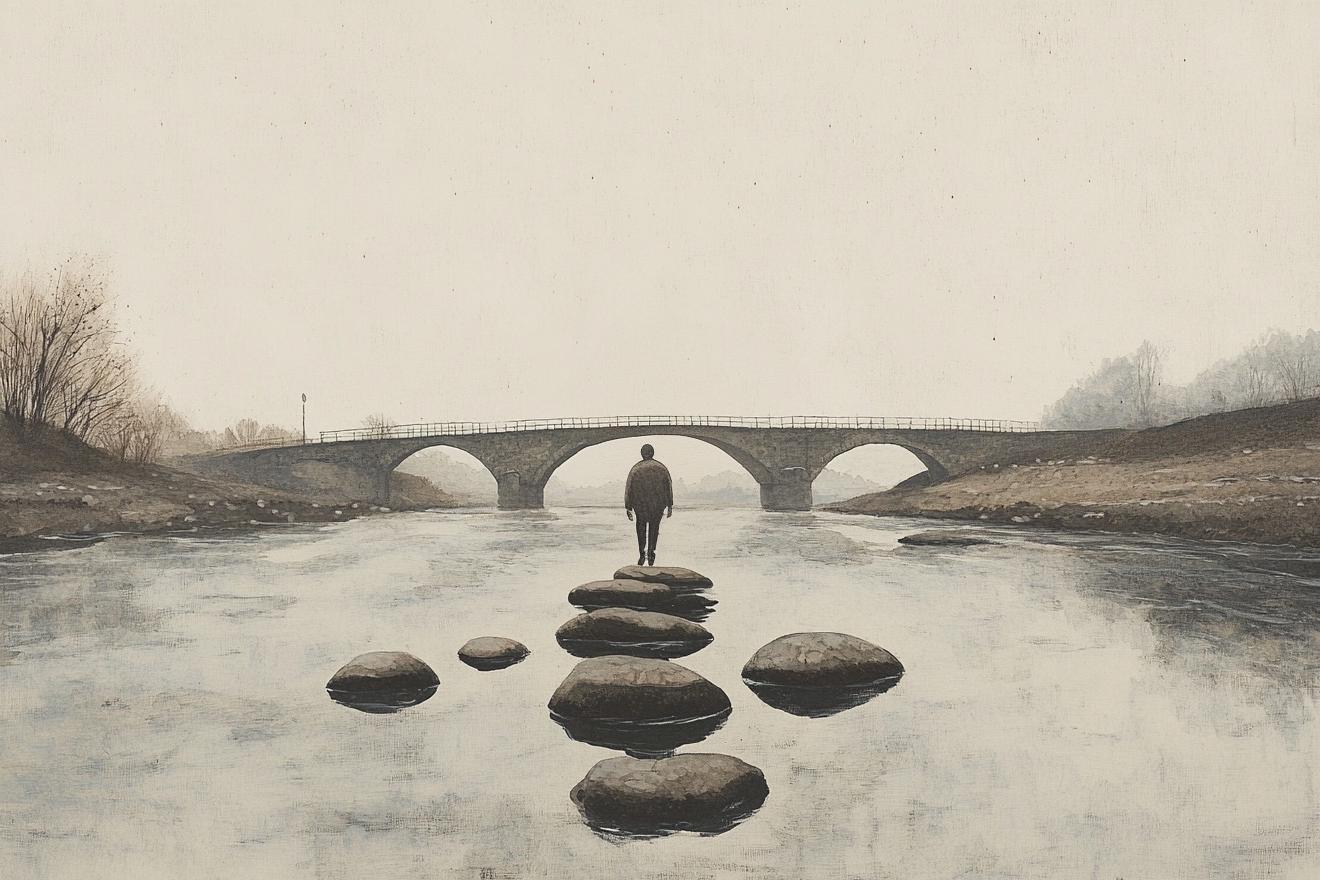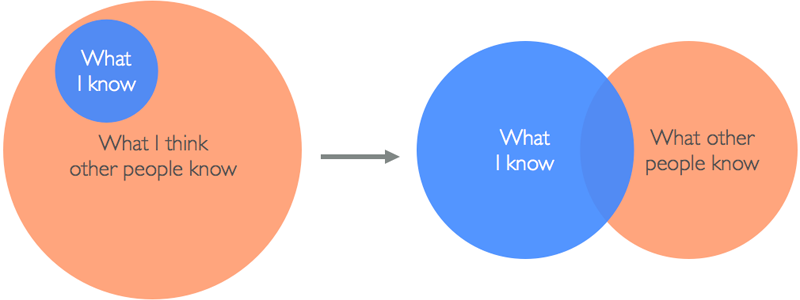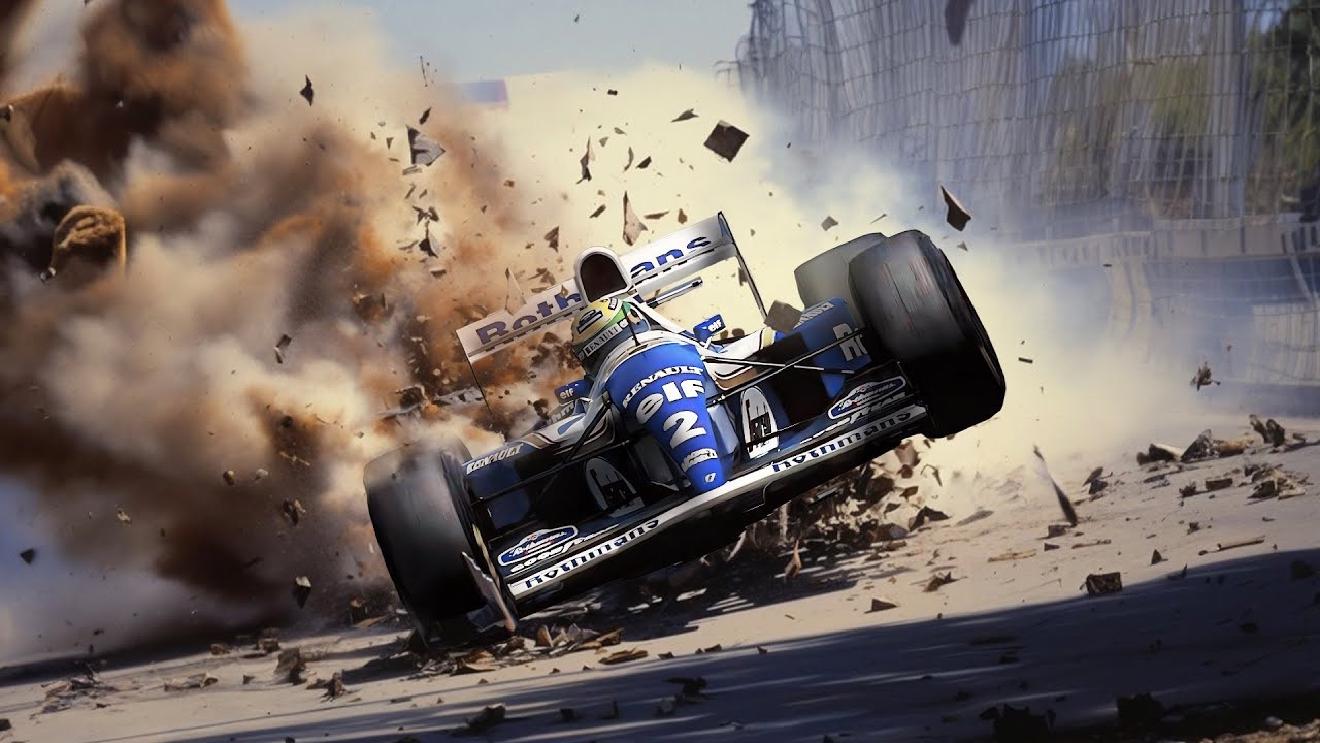
I have found out that if you suffer from indecisiveness (or decision paralysis), using randomness can help a great deal. I’d often have to choose between options, where neither one stands out as the one I must do right away. Some say it’s my zodiac sign (classic Libra) - but whatever it may be, it’s pretty unpleasant staying in a decision limbo for things that don’t always deserve that much of my mental energy. I’d lay the options out and assign a number to each one. I’d then choose a random number (I have a shortcut on my iPhone which helps with that). Whatever option gets selected, I get to stick to it.
It’s quite surprising, what a positive effect this has on decision paralysis. Once an option gets chosen, it almost feels obvious that this is the option I should have chosen at first.
However, it’s not uncommon that an option gets selected, and my initial reaction to it is “This isn’t right. I should be doing B, instead of A.” This is also great. It shows my willingness to do something, anything. And, that’s so much better than sitting in the decision paralysis limbo. Because, the whole point of choosing is not to make a perfect choice, but to just get going.
Have something to say? Join the discussion below 👇
Want to explore instead? Fly with the time capsule 🛸
You may also find these interesting
Look for the Bridges
What if perseverance isn’t all there is? What if we need to pause, look around, and recognize when we’re making things harder than they need to be?
The Spiral of Silence
Even in societies with robust free speech protections, most people don’t often say what they think. Instead, they take pains to weigh up the situation and adjust their views accordingly. This comes down to the “spiral of silence,” a human communication theory developed by German researcher Elisabeth Noelle-Neumann in the 1960s and ’70s. The theory explains how societies form collective opinions and how we make decisions surrounding loaded topics.
The Surprisingly Simple Way to Handle Impostor Syndrome
Whatever you are privately going through, your teammates (and, perhaps your superiors, to an even greater extent) are going through as well.
The Raw Arithmetic of Being
Our entire existence as humans hangs on two primal drives: survival and the need to feel something.



